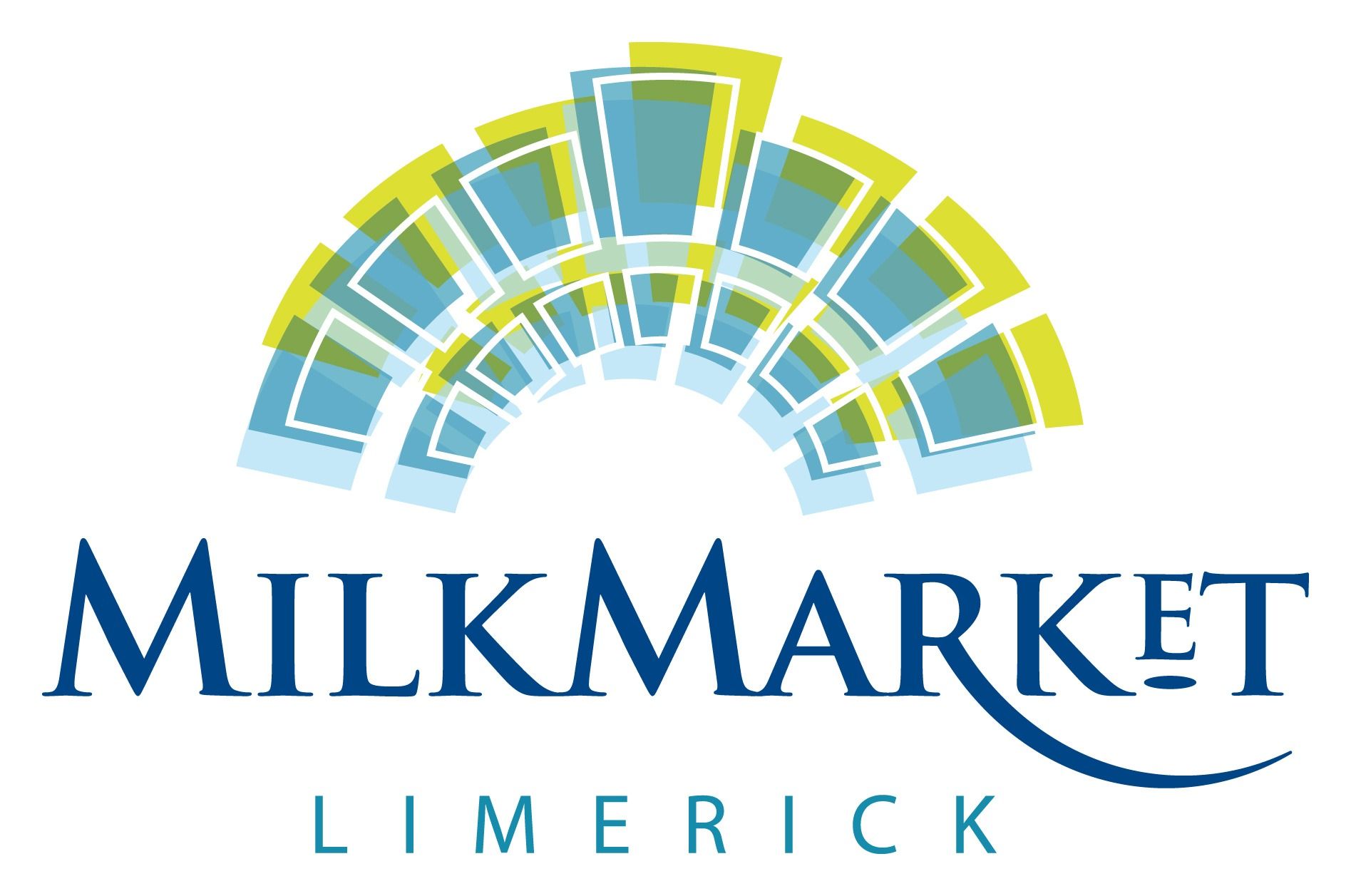In the 1840s there was a belief that the dispersal of markets throughout the city, their fitness for purpose, and their general constitution and management, was not the best solution for the City and the Limerick Market Trustees was set up by an Act of Parliament, passed in 1852, to expand and manage the affairs of markets within the city boundary and its environs.
The Trustees consisted of representatives from three corporate bodies, the Corporation, the County Grand Jury and the Chamber of Commerce. Each body elected 9 representatives who would serve on the board for a twelve month period. The first board of Trustees was elected in July 1853 and the first chairman of the Limerick Market Trustees was John Croker of Ballynagarde who represented the County Grand Jury.
In order to fulfill their charter the Trustees raised finance and acquired a large parcel of land in the Garryowen area of the city where many of the markets were relocated with the original market properties disposed of. The Butter Market, the Pig Market and the Hay Market were transferred to the new market area but the Potato Market and the Corn Market (latterly known as the Milk Market) were retained. The Linen Hall, was an early victim of commercial change as the Linen industry in North Munster collapsed after the Famine, mainly because many of the Linen Mills were adapted for the grinding of Indian Corn which was brought in for Famine Relief.
In 1858 the National Bank transferred the mortgage to the Economic Life Assurance Society and the Trustees were required to service this mortgage by agreed payments. In 1897, however, the Trustees defaulted in their payments to the Society, who immediately sought a court judgement against the Limerick Market Trustees. This court action triggered a number of other claims against the Trustees. Eventually, in 1898, after the intervention of Limerick Corporation a receiver was appointed by the Court of Chancery to manage the affairs of the Market Trustees. Limerick Corporation now effectively became the official Receiver for the Market Trustees.The Limerick Market Trustees were to continue in this economic limbo for ninety years during which time huge economic change occurred.
The advent of co-operative creameries effectively spelled the end of the open marketing of butter on a large scale. The pig market went into decline long before Limerick’s four bacon factories closed their doors. The Hay market became a victim of the improved means of motorised transport and it came to an end in the 1930s. A vibrant cattle market was instituted, however, and this lasted well into the 1970s. The Potato Market lasted into the 1940s before it also became redundant.
The Corn Market or Milk Market, however, continued to thrive even if the nature of the produce traded there had changed. In addition to the sale of fruit and vegetables there was a lively trade in fowl, homemade butter and homemade breads and cakes. It was not until the 1950s that the market for bedding plants and shrubs began to grow and this range of produce expanded rapidly in the 1960s. Another feature of the Market during this period was the Christmas market for turkeys. All that time and, regardless of the market activity, the Limerick Market Trustees remained in receivership.
In 1982 Limerick Corporation sought a new site for the city fire brigade as the existing premises in Thomas Street was found to be unsuitable because of the traffic flow in the city centre. Because the City Manager was the instigator of the purchase the price to be paid had to be set by independent arbitration. The final sum agreed was in the region of €508,000. This was a sum sufficient to pay off the outstanding debts of the Market Trustees. In February 1988 the receivership was terminated having gone into the record books as the longest receivership in Irish commercial history.
Following the release of the Trustees from receivership an ambitious renovation of the Milk Market was undertaken. This project won a European Heritage Award and it was reopened on September 1st 1995.
In keeping with the need to adapt to changing requirements the Trustees, in 2004, identified the need and the opportunity to undertake significant new works at Milk Market, in the heart of Limerick City, to make it into one the finest markets in Ireland. It was clear at that time that there was growing consumer interest in markets and the quality and range of new local produce that could be offered to the consumer.
Since that time the Trustees worded on advancing their plans, which were realised in June 2010, with the opening the redeveloped Milk Market as an all-weather, all year round market space, accommodating major markets on Fridays, Saturdays and Sundays; occasional markets at other times; a new Food Pavilion and events.
